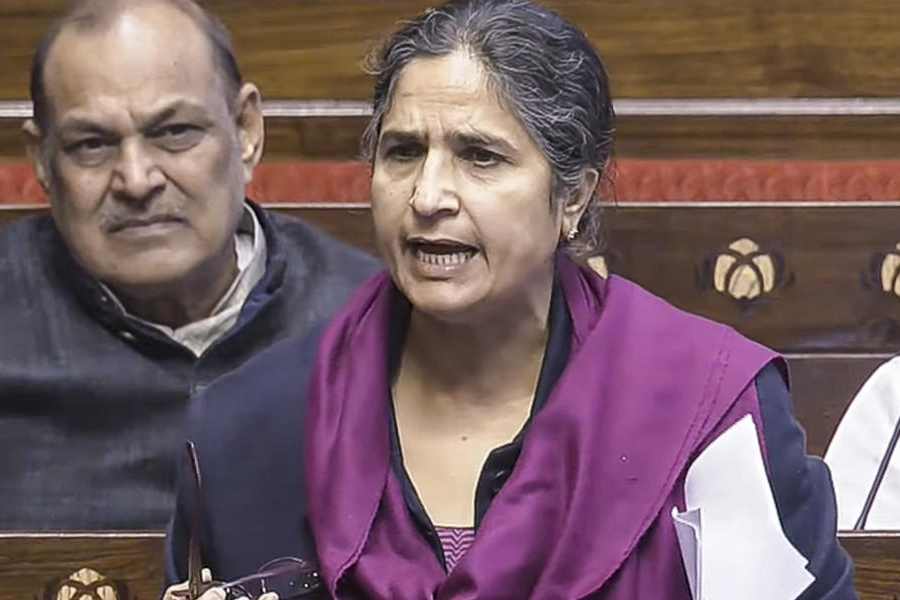As India became the most populous country in the world, UN projections estimate that the country's population is expected to grow for the next three decades after which it will begin declining.
India has surpassed China to become the world's most populous nation with 142.86 crore people, according to the latest UN data.
China now has a population of 142.57 crore, thus being the second most populous country, the UN world population dashboard showed.
According to experts, India has achieved the replacement level of fertility but the population will grow due to momentum phenomenon.
Replacement level fertility is the level of fertility at which a population exactly replaces itself from one generation to the next.
The UN analysis stated that India's population is expected to grow for the next three decades after which it will start declining.
According to the United Nations' World Population Prospects-2022, India's population by 2050 is expected to rise to 166.8 crore while China's population would dip to 131.7 crore.
According to the UNFPA, the size of elderly population will nearly double to touch 192 million by 2030, largely in southern and western states.
"By 2050, every fifth Indian will be an elderly person, hence planning for this segment also deserves equal attention. The health and economic security of the elderly will need to gain primacy," the UNFPA had said.
The population demographics of India vary from state to state. Kerala and Punjab have an ageing population while Bihar and Uttar Pradesh have a young population, UN analysis has revealed.
Andrea Wojnar, the representative for United Nations Population Fund (UNFPA) India and the country director for Bhutan, said, "India's 1.4 billion people must be seen as 1.4 billion opportunities." "As the country with the largest youth cohort -- its 254 million youth (15-24 years) -- can be a source of innovation, new thinking and lasting solutions.
"The trajectory can leapfrog forward if women and girls, in particular, are equipped with equal educational and skill building opportunities, access to technology and digital innovations, and most importantly with information and power to fully exercise their reproductive rights and choices," she said.
Except for the headline, this story has not been edited by The Telegraph Online staff and has been published from a syndicated feed.











